Your Guide To Growing Roses

Roses are timeless garden favourites—and with the right care, anyone can grow them successfully. Whether you’re dreaming of lush blooms in your flower beds or fragrant cut roses for bouquets, this guide covers everything you need to know. From choosing the right type of rose for your space to planting, pruning, and seasonal care, we’re sharing expert tips to help you grow healthy, beautiful roses all season long. Ready to grow your best roses yet? Let’s dig in.
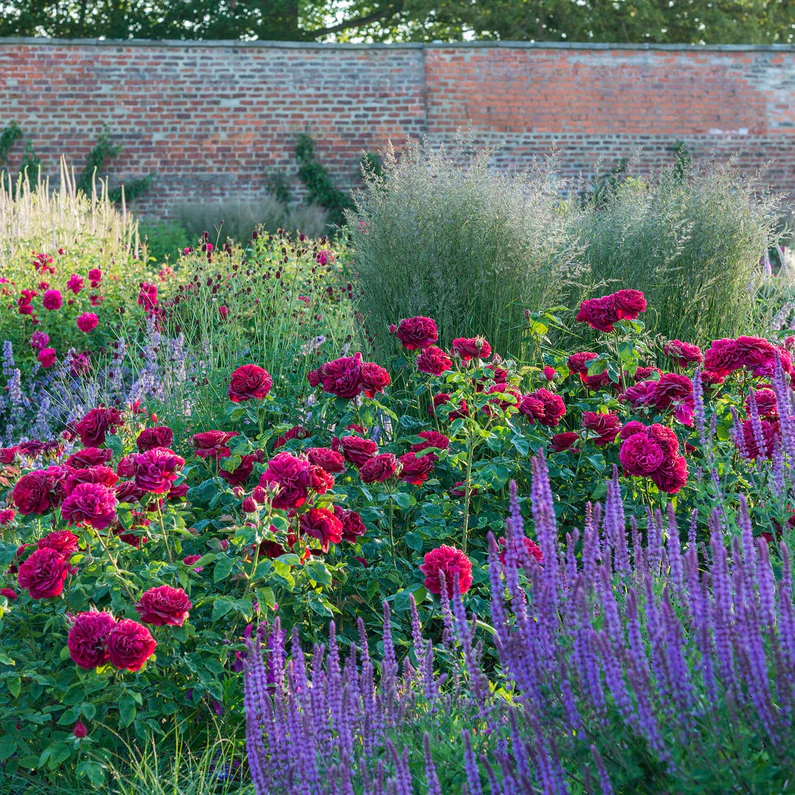
Types of Roses
A rose is a rose is a rose? Not really! From wild and hardy Rugosas to delicate, fragrant Hybrid Teas, roses can differ in size, shape, form, flower type, colour, fragrance… they’re a huge family of plants with many varying traits and characteristics. Shop our online rose selection here, or visit a TERRA store location in spring for the full selection of roses.
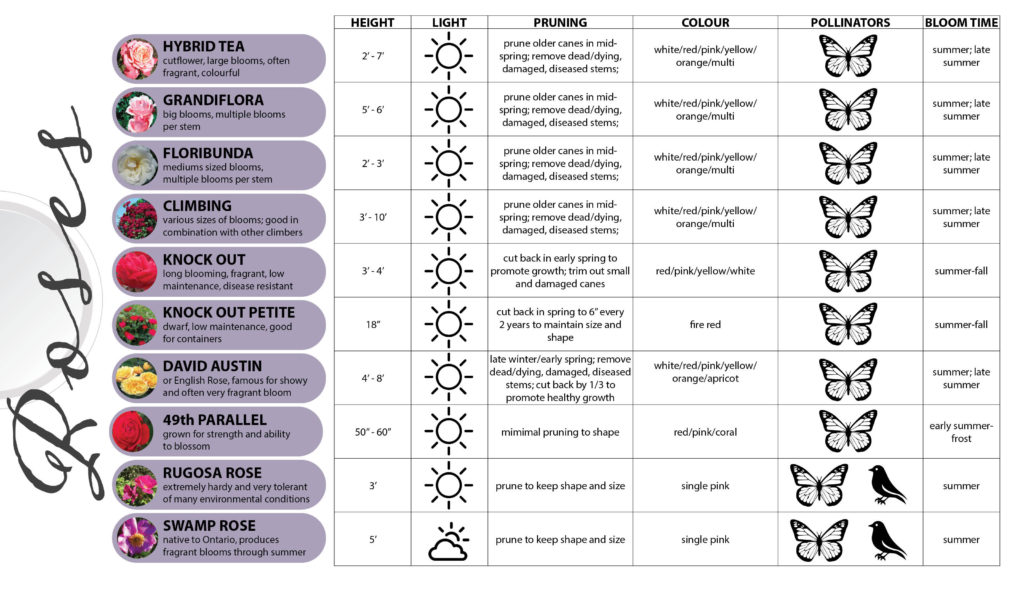
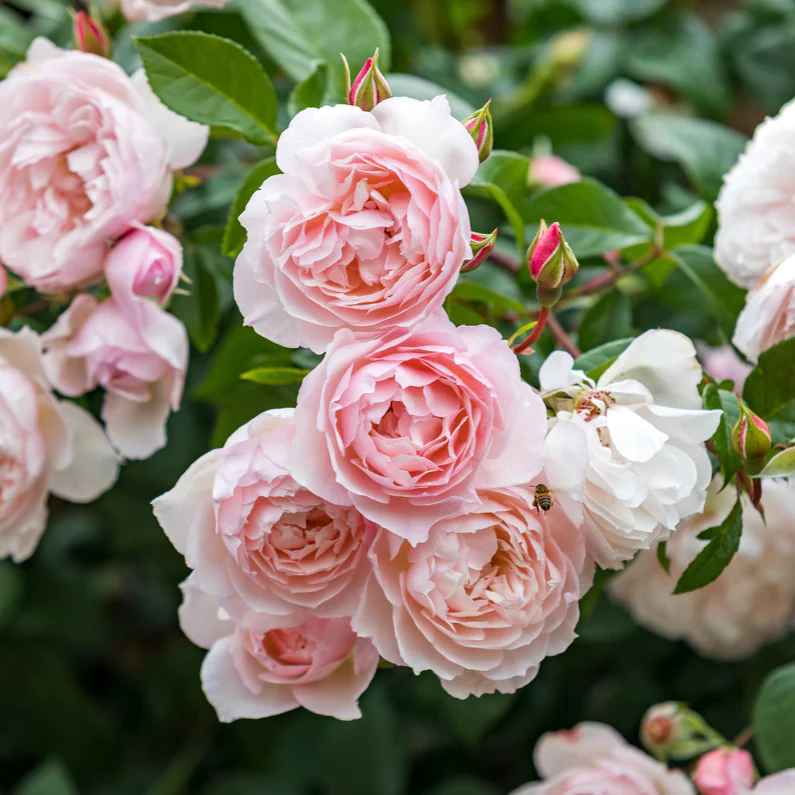
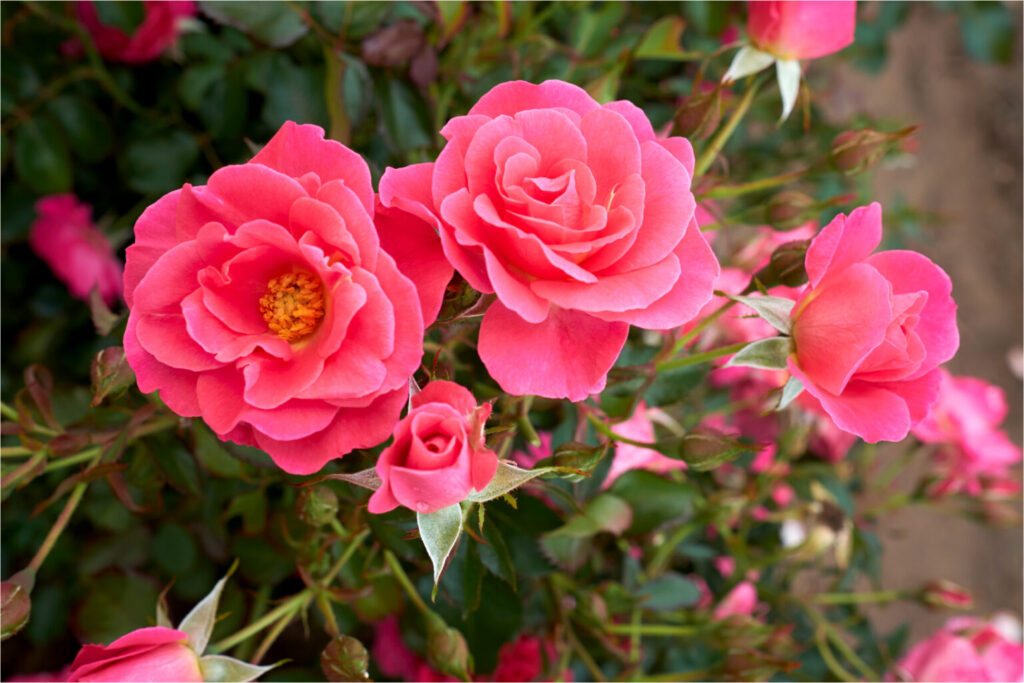
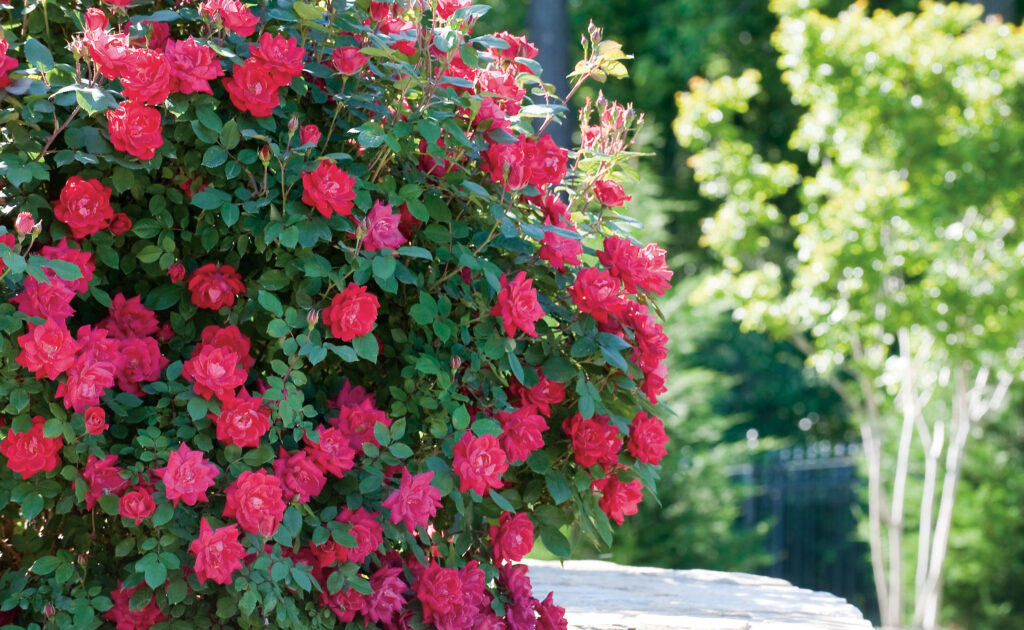
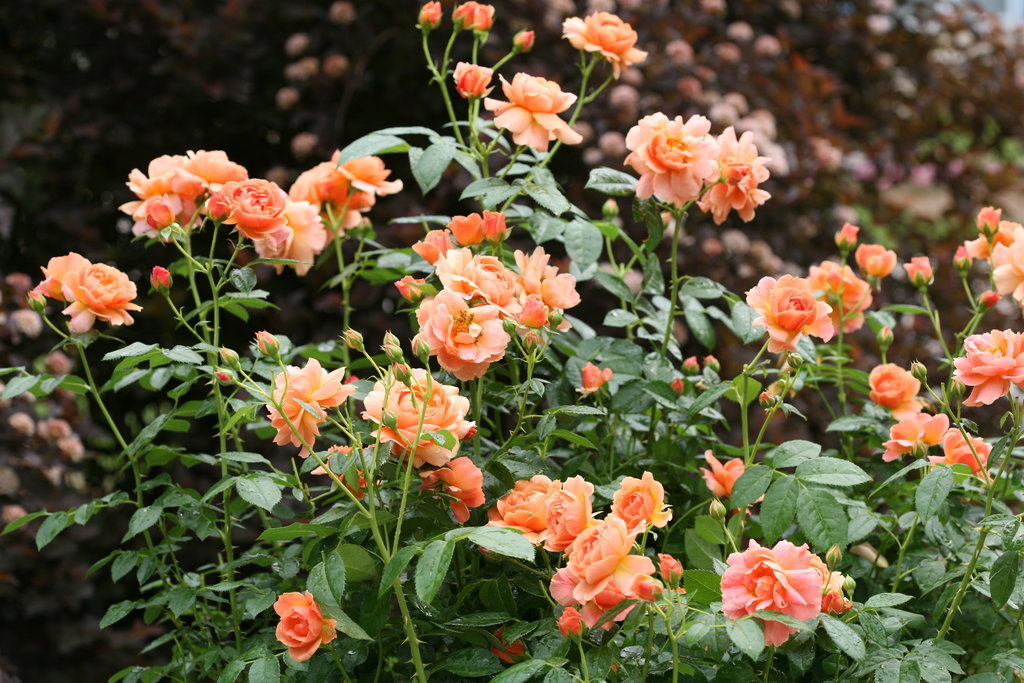
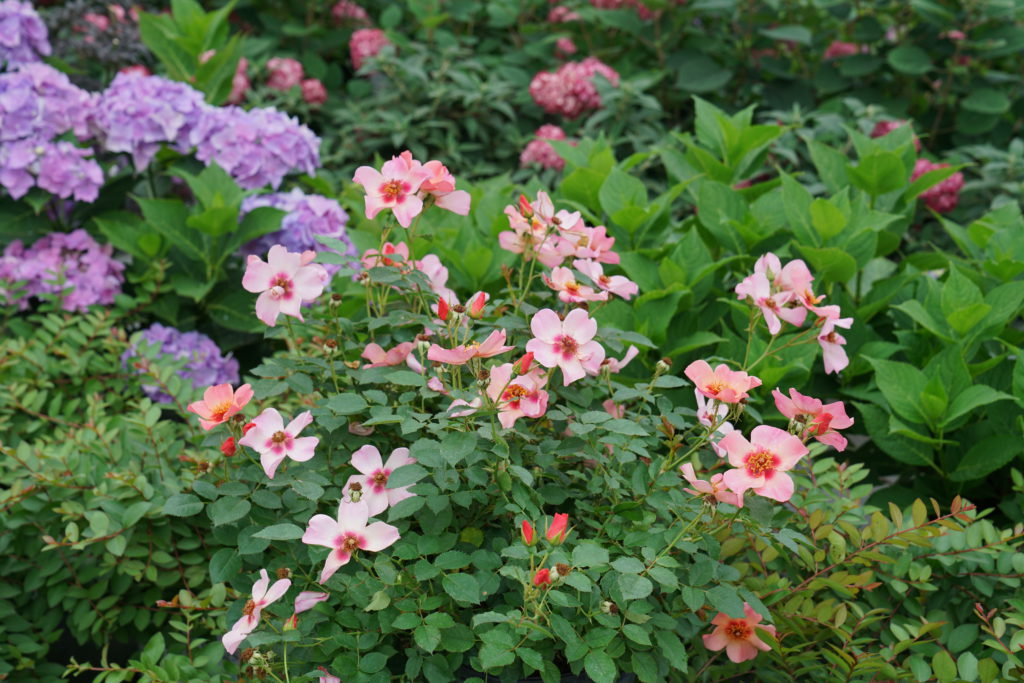
Spring – Time to Plant
In May, once the soil has warmed and the ground is workable, roses can be planted into the garden in Ontario. Choosing a spot with the right conditions for healthy growth is important. Roses need full sun, which means a location that gets direct sunlight for 6 or more hours every day. Growing roses also requires a soil that drains well (no low spots or heavy clay!) and lots of rich organic matter. Amending the garden with TERRA Plus 3 mix or compost can help to improve the texture and condition of the garden, and adds nutrients, too.
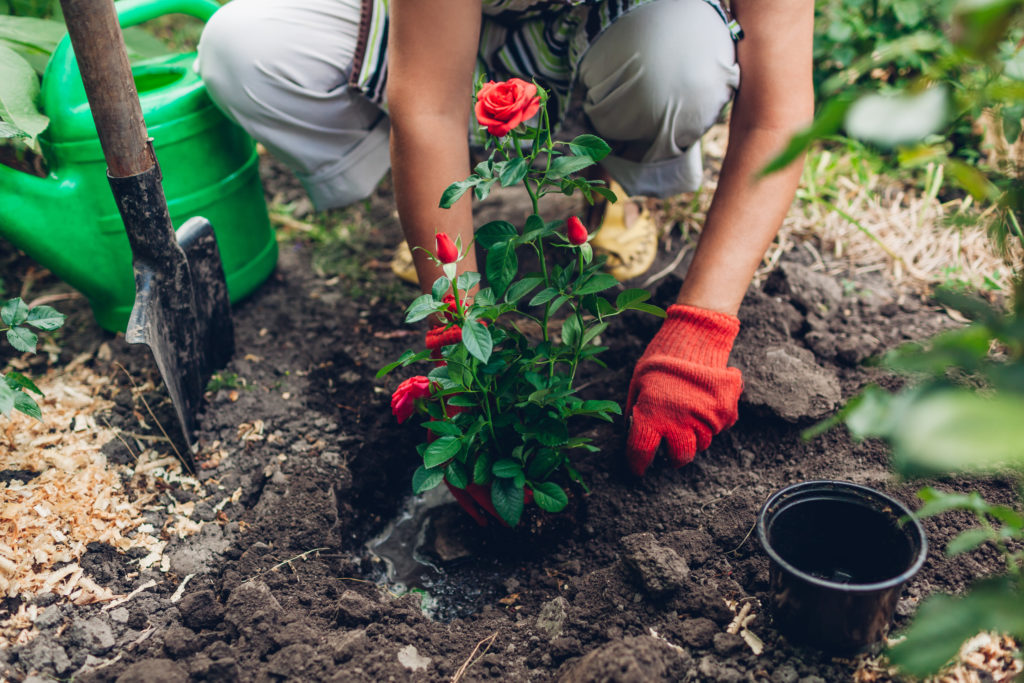
How to Plant Roses
With an ideal spot selected, dig a hole a bit deeper than the depth of the pot, and at least twice as wide. Add a 2″ layer of TERRA Plus 3 Mix to the bottom of the hole. Gently remove the plant from the pot, loosen the roots and place into the planting hole. Begin to fill around the rose with a mix of the soil removed and TERRA Plus 3 mix, tamping lightly to settle the plant into place. Use a hose to allow a slow trickle of water to fully saturate the soil, and finish with a layer of mulch. Ensure the mulch isn’t piled against the plant, and keep plants at their recommended distance apart to promote good air circulation.
For the first two weeks, keep your newly-planted rose well watered, and consider using a transplant solution to stimulate root growth, to help reduce transplant shock and root stress.
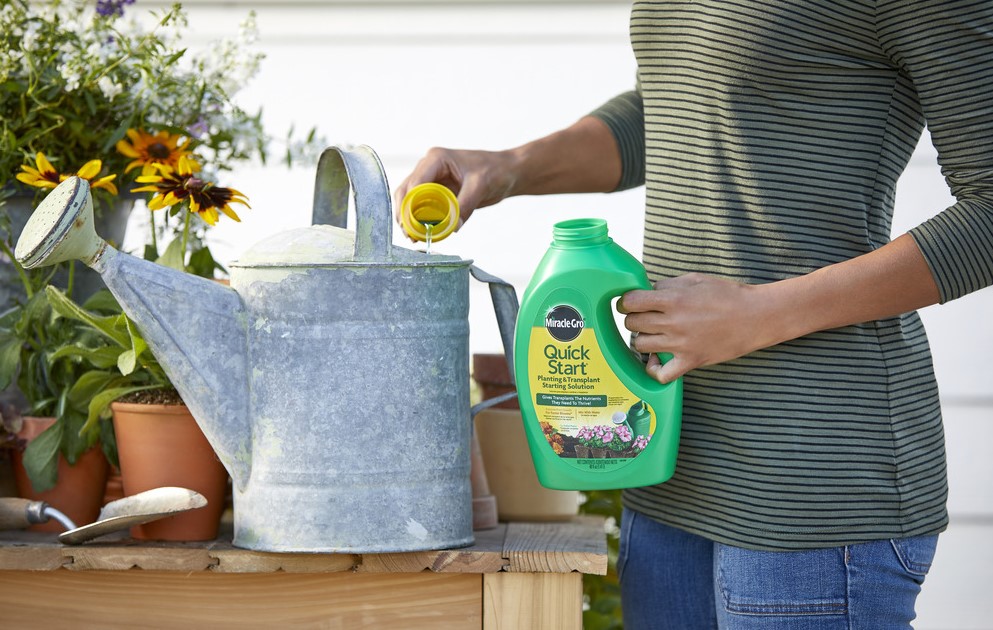
Growing Roses in Containers
Can you still enjoy roses if you don’t have a sprawling estate garden? You sure can! Small shrub roses or dwarf varieties (like Petite Knock Out) are ideal for growing in pots. The key to successfully growing any kind of shrub in a container is to make sure the pot is large enough, that it’s filled with a quality container soil mix, and that it’s kept watered and fed regularly. In summer months, this will mean watering every day or two.
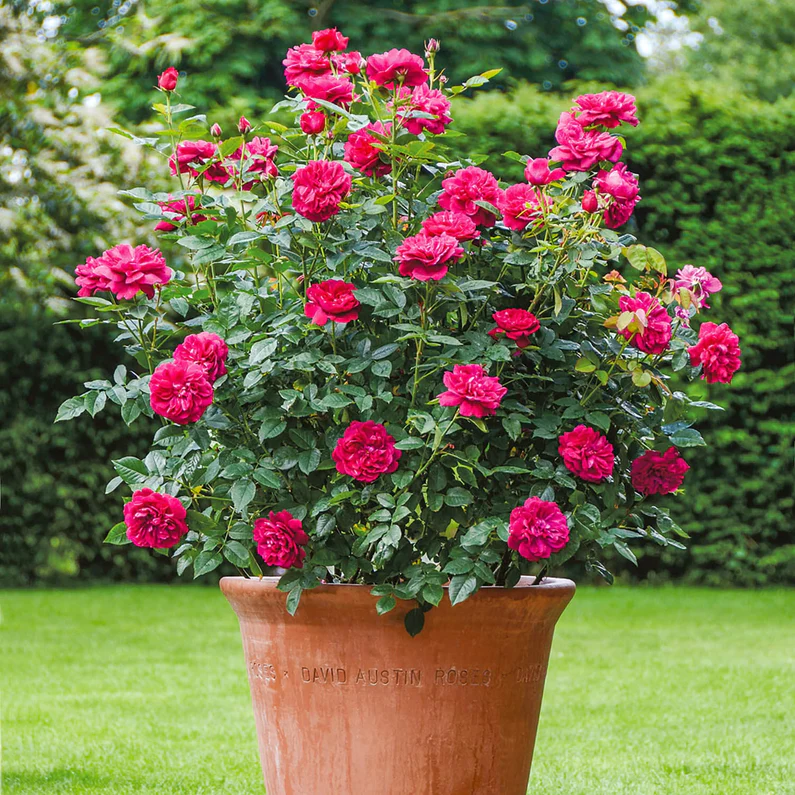
Summer – Feed & Grow
As the temperatures steadily warm and roses begin to grow more vigorously, they need to be fed. A healthy, rapidly-growing plant is naturally more resistant to pests and diseases. Good nutrition and sufficient water are the key to happily growing roses! Starting in late May, begin applying a slow-release plant food that’s formulated for blooming plants and re-apply every 4-6 weeks. Or feed more often with a water-soluble food that you can simply mix into the watering can when you’re watering anyway.
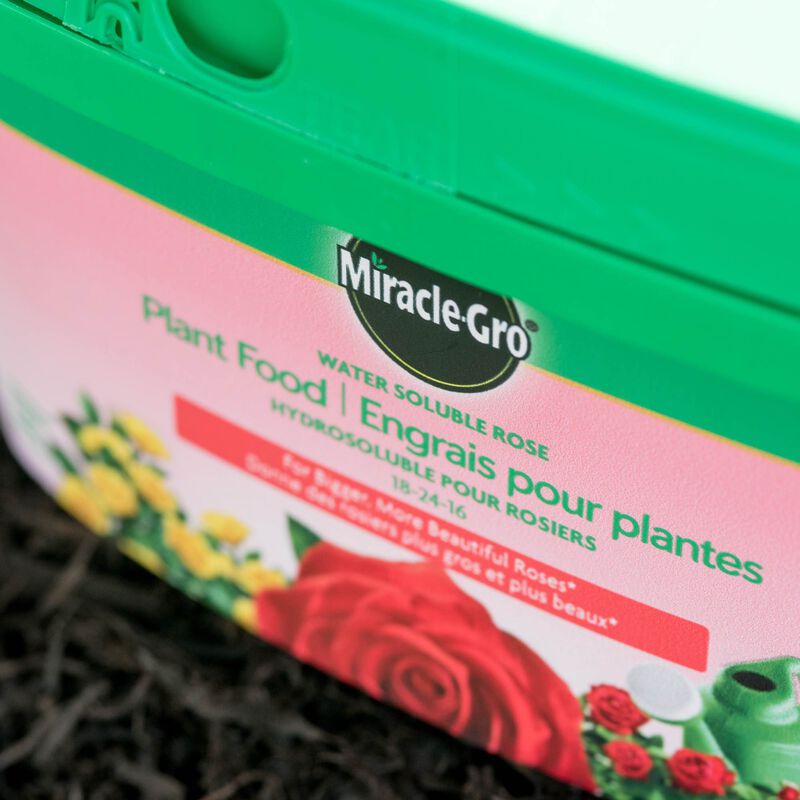
Roses need about 2-3″ of water each week, so in dry stretches, provide water with a trickle from the hose, or use a soaker hose to saturate the soil without wetting the leaves. Wet leaves and poor air movement can cause fungal diseases, to which some roses are prone. Using mulch to maintain soil moisture and to reduce splashing can also be helpful in preventing problems.
Enjoy your season of blooms, as roses tend to continually grow and blossom from early summer until the frosts of late Fall. To encourage plants to keep producing flowers, clip the finished blooms often. More mature plants will grow longer stems, which are ideal for use as cut flowers, if desired.
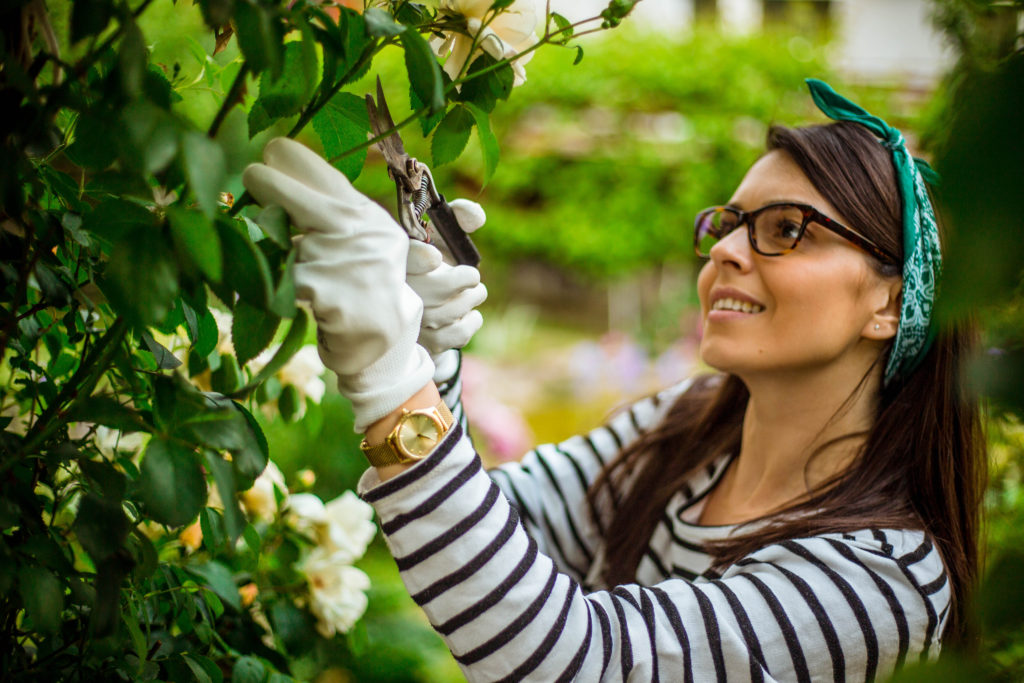
Fall – Prune and Protect
As winter approaches and heavy frosts set in, it’s time to put the roses to bed for the season. Rake and remove fallen foliage, and mound extra soil and mulch around the base of plant to protect the roots. Prune long canes down to prevent them from snapping in winter winds or rocking the plant in inclement weather. In cold areas, roses will benefit from some extra insulation in winter. Rose huts can cover small plants, and larger shrubs can be protected by creating a windbreak. Use stakes wrapped with burlap to surround large roses. Leaf debris and loose mulch piled within act as a plant parka!
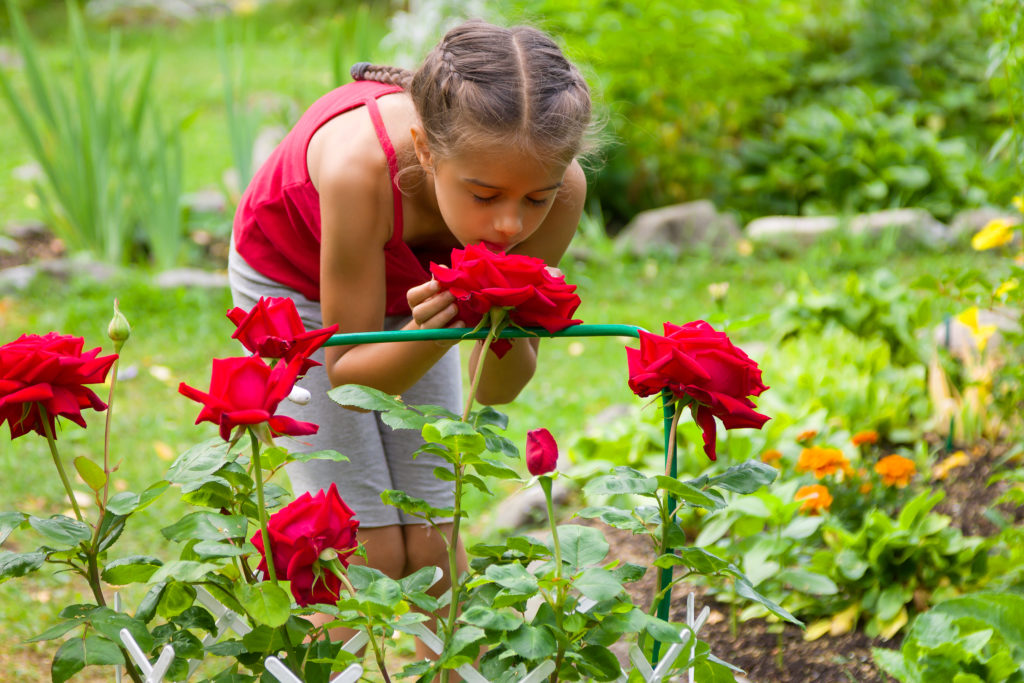
Ready to start your rose garden? Visit TERRA for expert advice and quality plants!
